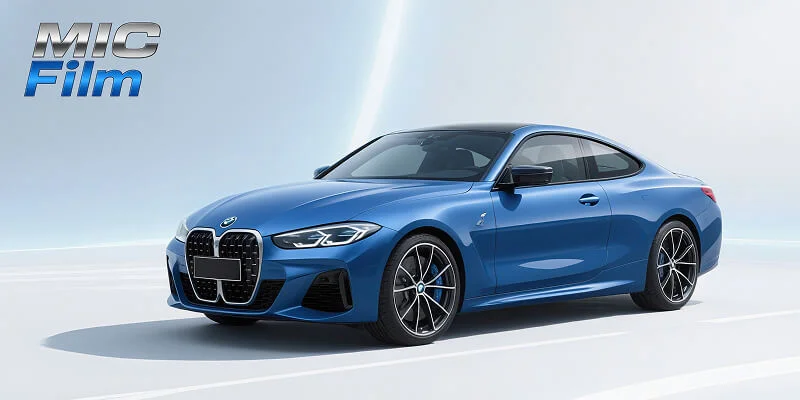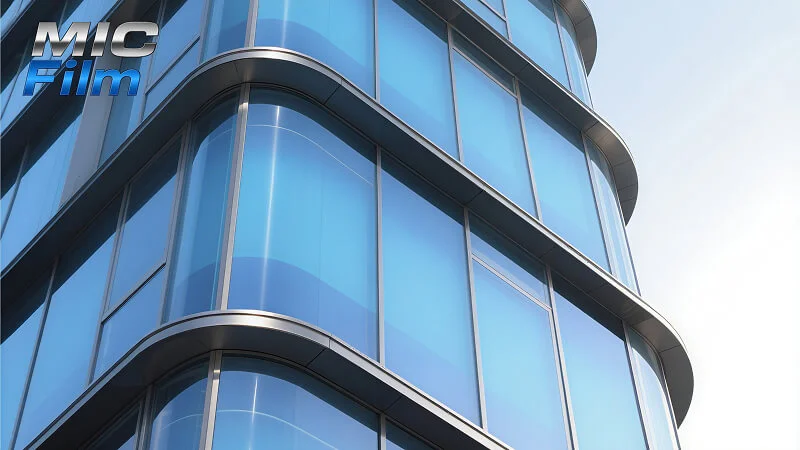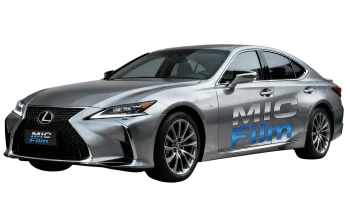Navigating Winter Roads: How Snowstorm Conditions Impact Your Vehicle
A snowstorm can transform a routine drive into a hazardous adventure, but beyond the immediate risks to safety, these harsh weather events pose significant threats to your car’s exterior. Debris, ice, and abrasive particles whipped up by high winds in a snowstorm often lead to microscratches on paint surfaces, compromising the vehicle’s appearance and value over time. Understanding these impacts is crucial for any driver facing winter driving challenges, and protective measures like paint protection film can make all the difference.
The Role of Paint Protection Film in Snowstorm Protection
Paint protection film, commonly known as PPF, acts as an invisible shield against the environmental assaults during a snowstorm. This durable, transparent layer adheres seamlessly to your car’s paint, absorbing impacts from flying road salt, gravel, and snow particles that cause microscratches. Brands like LLumar and XPEL specialize in high-quality PPF options designed for extreme conditions, offering self-healing properties that repair minor abrasions from winter driving wear and tear. By installing PPF before the season hits, you safeguard your investment without altering the vehicle’s aesthetic.
Enhancing Headlight Durability with Headlight PPF
Headlights are particularly vulnerable in a snowstorm, where reduced visibility and constant exposure to slush and ice accelerate fogging and scratching. Headlight PPF provides targeted protection, preventing microscratches that dim your lights and reduce nighttime safety during winter driving. Products from LLumar and XPEL feature UV-resistant films that maintain clarity, ensuring your beams cut through the flurry without distortion. This specialized application not only extends headlight lifespan but also complies with safety standards for adverse weather conditions.
Why Choose LLumar or XPEL for Your PPF Needs
When selecting PPF for snowstorm resilience, LLumar stands out for its innovative nanotechnology that repels contaminants, making post-storm cleaning effortless. XPEL, on the other hand, excels in toughness, with films tested to withstand the rigors of winter driving, including resistance to yellowing from road salts. Both brands offer warranties that cover microscratches and environmental damage, providing peace of mind. Whether you’re outfitting your entire vehicle or focusing on high-impact areas, investing in these PPF solutions minimizes repair costs and preserves your car’s pristine condition through the harshest snowstorms.
Tips for Winter Driving with PPF Protection
To maximize the benefits of PPF in a snowstorm, maintain your film’s integrity by gently washing your vehicle with approved cleaners after exposure to de-icing chemicals. Regular inspections for any signs of wear ensure that microscratches don’t develop into deeper issues. Combining PPF with safe winter driving habits—like reducing speed and increasing following distance—creates a comprehensive defense against weather-related damage. Drivers who prioritize these protections often report fewer maintenance headaches and a smoother experience navigating snowy roads.



